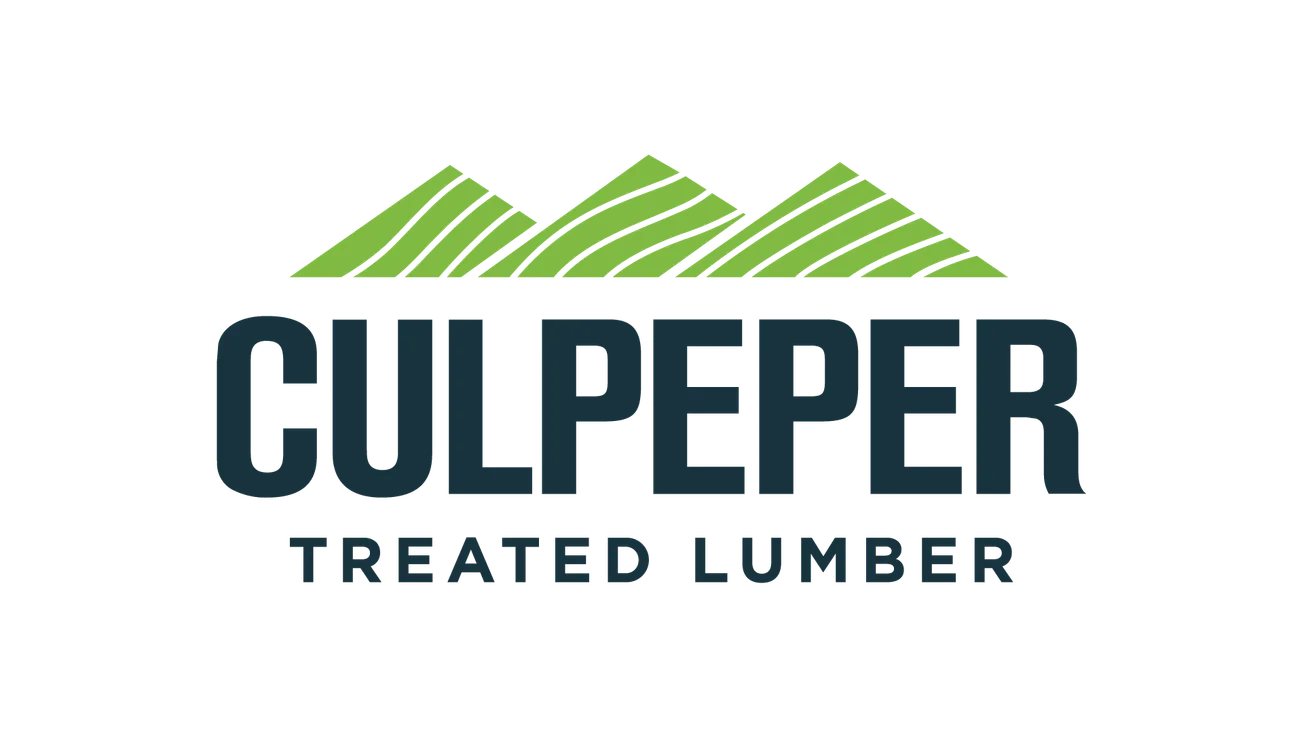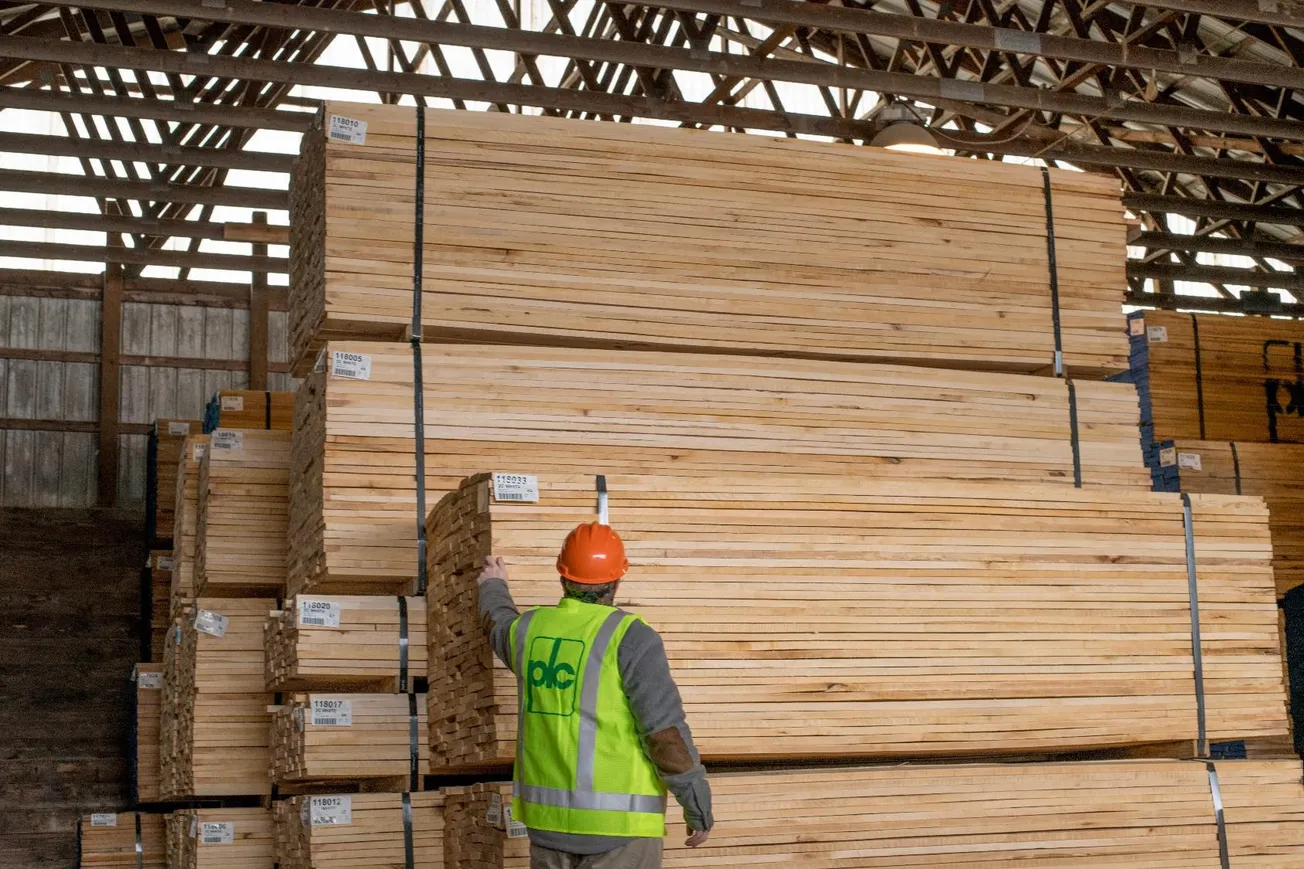Table of Contents
2018 has arrived arrived, and with it a new round of corporate (and personal) goal-setting, and the prospect of new beginnings and new trends. But it also means we have all aged another year. Specific to the forest products industry, it’s no secret that the next wave of professionals is poised to retire as the sector continues to mature, and filling the gap is quite literally one of the most important things to be done. As this series of labor op-ed articles in 2018 will bring to light, attracting new talent is a top priority across all roles in the supply chain.
As we scout for those up-and-comers to run our businesses in the future, we’re fortunate that there is a wellspring of promising individuals—in the cooperative education pool.
What are these programs?
Based on Wikipedia’s definition, a co-op is “a structured method of combining classroom-based education with practical work experience.” Under the purest scenario, a co-op student would take time out from school—and from paying tuition!—in order to receive professional career training on a full-time basis, receiving both paid wages and academic credit in the process. By contrast, field practice—or shadowing—is much more limited in scope; internships may be paid or unpaid and often are completed during the summer months; and work-study is a need-based option with strict qualifying criteria.
No matter the type, these programs are invaluable resources, both for companies hoping to discover promising new talent and for young people seeking to get a better feel for what it is like to work in the forest products industry. With this in mind, some of the most prestigious post-secondary forestry programs in North America provide their graduate and undergraduate candidates with this option. In fact many, such as California Polytechnic State University, participation is a prerequisite for earning a diploma.
If your company doesn’t have an established relationship with a local college or university, your first task may be to do a little digging to find institutions that include a co-op or internship component in their forestry curriculum. Interested employers might also turn to the Cooperative & Experiential Education Division’s directory, found at http://bit.ly/2lNEfEy, and similar resources. An important piece of reconnaissance, however, entails getting a thorough understanding of the mechanisms of an individual program because, although the term co-op is often used interchangeably with work-study, internship, and field practice/practicing, these exposures are not necessarily the same and each may require different things from your company both logistically and financially.
For the forest products industry, they offer a way to bring in extra help—but at less of a cost than hiring a permanent employee. These programs also allow companies to mold enthusiastic and open-minded people who are eager to learn. With their stint in the workforce equipping them with real training and experience, they become hireable, ready-to-work prospects that the employer can call on after graduation. In addition, there’s no way to deny the positive impact that co-ops and internships have on a business’ reputation for Social Corporate Responsibility or their ability to amplify a firm’s branding through increased community recognition.
In order to attract student interest in their company, hirers need to make themselves visible—on university and college platforms, on LinkedIn and other social media, on job websites like indeed.com, and at school job fairs. Experts recommend getting creative with position descriptions while keeping the actual details to a minimum. Later, companies can elaborate on other elements of their business culture that might be appealing to young newcomers—such as framing supervisors as coaches or mentors, rather than as “bosses;” assigning autonomous tasks; embracing flexible schedule and dress policies; and offering future work opportunities after a co-op has been completed, to name a few.
We may go to great lengths to capture the attention of co-op and internship participants, dangling competitive wages and promoting travel or other special opportunities that the programs might not normally include, but companies are not the only ones who emerge as winners from these arrangements. Students leave co-ops with a better understanding of the forest products industry, as well as a personal understanding of their own fit within it. Our environment provides a place where they can gain experience and insight, develop hard and soft job skills, and explore a career path in forestry—all while (maybe) getting paid. With professional references to put on their resume—and possibly even a full-time job offer on the table—they gain an edge over other members of their graduating class. All this is to say—it’s advantageous to hire people who have participated in programs like these, even if it wasn’t with your company.
Why should I engage with students from a program like this?
Importantly, while forestry, environmental science, social sustainability, and engineering majors are key targets for lumber companies, both they and students must keep in mind that lumber is indeed a business—and one with broad potential for professional development. Even students who are not necessarily trained for or interested in the technical aspects of lumber may prove to be a great fit as marketing representatives, accountants, Human Resources professionals, business administrators, and operations staff—all of whom are necessary to keep our businesses humming smoothly.
Whether it involves hands-on or behind-the-scenes work, co-op programs are a godsend for lumber suppliers, wholesalers, manufacturers, and beyond. As we realize the need to replace retirees with passionate, young employees, we can also provide a great way to give prospects a taste of actual work life in their field of interest. Increased planning and coordination between firms, institutions of higher learning, and students will allow us all to reap the benefits.
“From a manufacturer’s perspective, we see internships as a real win-win relationship,” said Mary Jo Nyblad, VP of commodity sales & marketing, Wood Products Division, Boise Cascade. “It’s always easier to hire someone you’ve had the opportunity to see in action, to see what’s behind the flawless resume and the polished interview skills. And, the student can determine whether the industry is a fit for him or her while advancing their education with us.”
Nyblad adds that establishing a structure for an internship or co-op program is critical. “The worst thing you can do is bring in an intern and then ignore them. You must be willing to establish a program, assign a mentor, and regularly check-in with the intern in order to gauge the success of their placement.”









